Gothic Style and Queen Anne Federation style
Table of Contents
- See also Federation Queen Anne style
- See also Sydney Gothic Queen Anne
- See also Melbourne Queen Anne
| Classic Gothic Style | ||
|---|---|---|
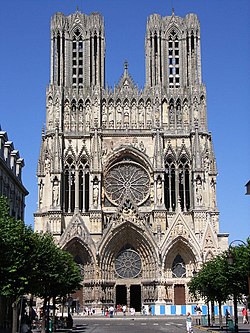 Façade of Reims Cathedral, France Façade of Reims Cathedral, France | 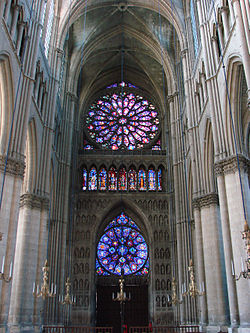 The interior of the western end of Reims Cathedral The interior of the western end of Reims Cathedral |
|
|
|
Tthe Gothic style was expressed most powerfully in the great churches, cathedrals and in a number of civic buildings, its characteristics lending themselves to appeals to the emotions, whether springing from faith or from civic pride.
- From Wikipedia on Gothic Revival Archictecture:
"The Gothic Revival (also referred to as Victorian Gothic or Neo-Gothic) is an architectural movement that began in the late 1740s in England. Its popularity grew rapidly in the early 19th century, when increasingly serious and learned admirers of neo-Gothic styles sought to revive medieval Gothic architecture, in contrast to theneoclassical styles prevalent at the time." - By the late 1800s, the fanciful details of Gothic Revival architecture had waned in popularity. Gothic Revival ideas did not die out, but they they were most frequently reserved for churches and large public buildings.
- Queen Anne became an architectural fashion in the 1880s and 1890s, when the industrial revolution was building up steam. Home builders were caught up in the excitement of new technologies which allowed cheap factory-made, pre-cut architectural parts, especially bricks and tiles. - Queen Anne Architecture in the U
Gothic influences on Queen Anne decoration:
Gothic Towers
|
| ||||||
Castellation of roofs
|
| ||||||
|
| ||||||
Circular Windows
  Symbolism- the north rose of Notre Dame, Paris |
| ||||||
Coloured Glass paned window sets | |||||||
|
| ||||||
| Leadlight glass | |||||||
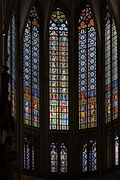 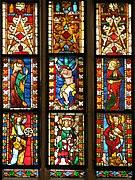 |
| ||||||
| (Left)The windows of the choir of Cologne Cathedral, (early 14th century) (Right) Crucifixion with Ss Catherine, George and Margaret, Leechkirche, Graz, Austria | |||||||
|
| ||||||
Gargolyes and Roof Ornaments | |||||||
|
| ||||||
|
| ||||||
Verandah valences | |||||||
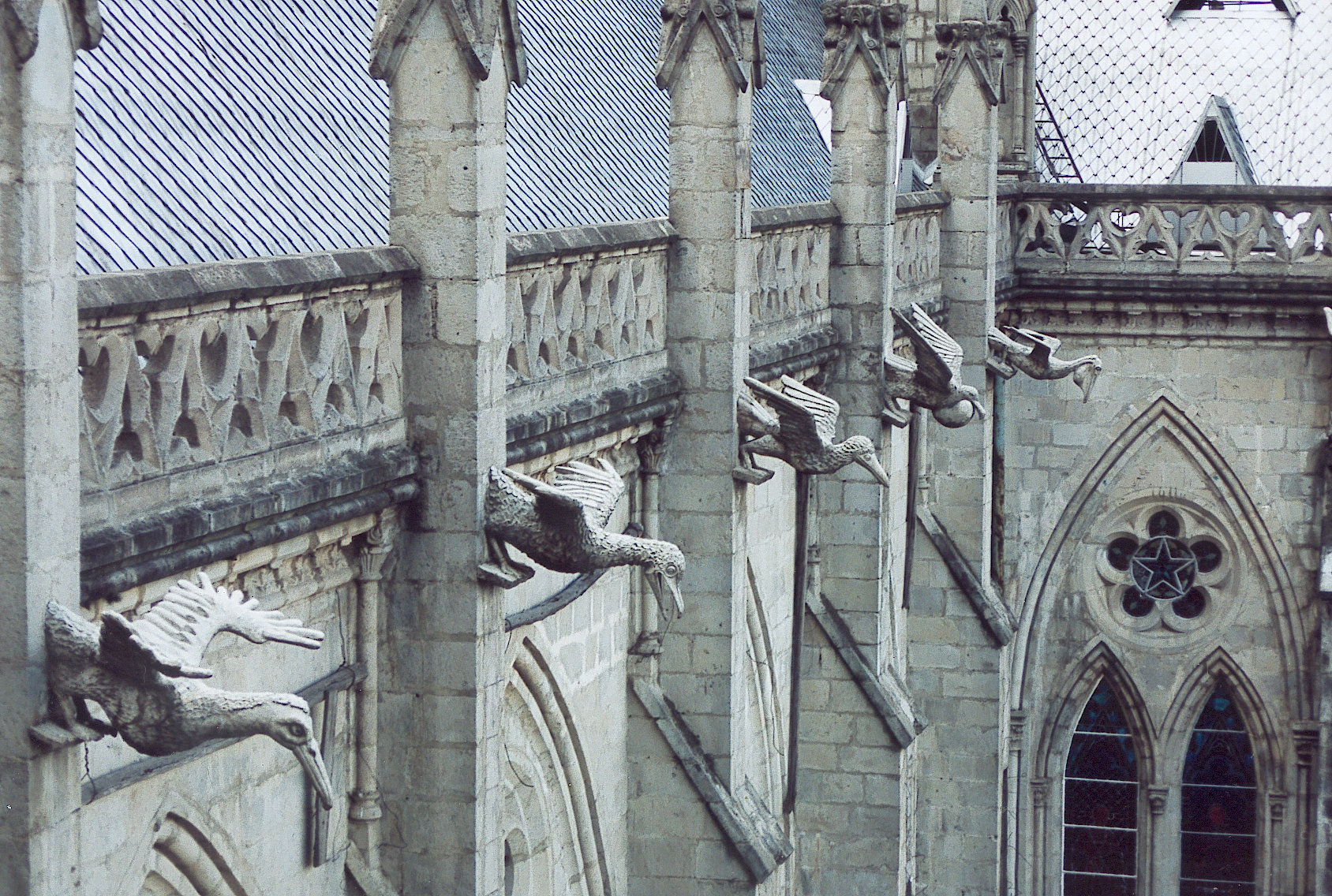 |
| ||||||
|
|
Neo-Gothic buildings have many of these features:
 |
| West front of Notre Dame Cathedral, Reims, France |
- Strong vertical lines and a sense of great height
- Pointed windows with decorative tracery
- Gargoyles and other carvings
- Pinnacles
In the industrial revolution of the 19th Century, Gothic ornamentation jumped from requiring expensive hand-made detailing to much cheaper mass-produced effects.Religious influence allowed homes to mirror larger Gothic churches, family homes becoming an ideal of the family Gothic castle.
 |
| USA Romanesque Revival Architecture with arched doors and tower arcades |
Probable Gothic influences on the mass-produced Queen Anne style are:
- conical towers (replacing steeples)
- front-facing gables
- ridge ornaments replacing castellation
- finials on apex of roofs and towers
- Ridge apex ornament substitutes for gargoyle
- leadlight glass windows (replacing intricate stained glass) and
- the sets of small coloured panes of glass above feature windows (as coloured highlighting)
- bullseye window replacing the grand rose window
- ornate gable ornament (instead of ornamented galleries or frilly barge boards)
- gable ventilators (compare the top gable inserts in both US pictures at upper RHS)
- bulky buttresses (to support side chimneys)
- verandah valances and friezes as attractive pseudo-gothic ornamentation
- arched window brickwork or arched entrance corridor
Haberfield Gothic
In 1901, Haberfield developer Richard Stanton, advertised some available house designs as being of 'domestic Gothic' style, which historian Vincent Crow describes as having a 'characteristic cone', usually on a verandah roof. [1] These are also called 'turrets' and are usually round or pyramid-shaped towers. The tall narrow towers are amusingly known as 'candle-snuffers'.[2]
|
|
|
|
| ||||||||||
|
|
|
|
|
- 8 Rogers Avenue, Haberfield
- 11 Dickson Street, Haberfield
- 11 Forest Street, Haberfield
- 14 Kingston Street, Haberfield
- 118 Dalhousie Street, Haberfield
- 19 Stanton Road, Haberfield (classified by the National Trust)
- 20 Dudley Street, Haberfield
- 21 Turner Avenue, Haberfield
- 30 Kingston Street, Haberfield
- 37 Dudley Street, Haberfield (classified by the National Trust)
Burwood Gothic
Examples from the Appian Estate Area are:- 'Verona' 2A Appian Way
- 'Alba Longa' 4 Appian Way
- 'Vallambrosa' 19 Appian Way
- 'Capri' 23 Appian Way
- 'Colonna' 304 Burwood Road
- 'Talopa' 306 Burwood Rd
- 'Olmora' 308 Burwood Rd
- 74 Liverpool Road Burwood
Other Sydney Examples of Gothic Queen Anne:
|
|
|
Leadlight and coloured 'lights'
42 Kingston Street, Haberfield, showing both leadlight glass windows and coloured glass fanlights above, finial on pyramidal tower roof Ridge Ornaments and Finials at the apex

8 Rogers Avenue Haberfield, showing ridge ornaments and finials 
Dudley Street Coogee showing finial and ridge decorations, arcades under gablets and decorated turret - Door and Window Arches

Arched windows and brick arched doorway at Verona, 2 Appian Way, Burwood
 |
| Alister Brae: Grand arched entrance hall showcasing spectacular stained glass |



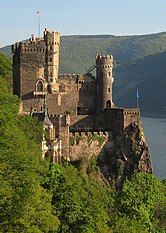

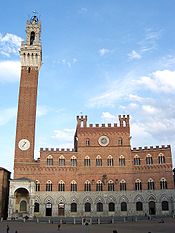
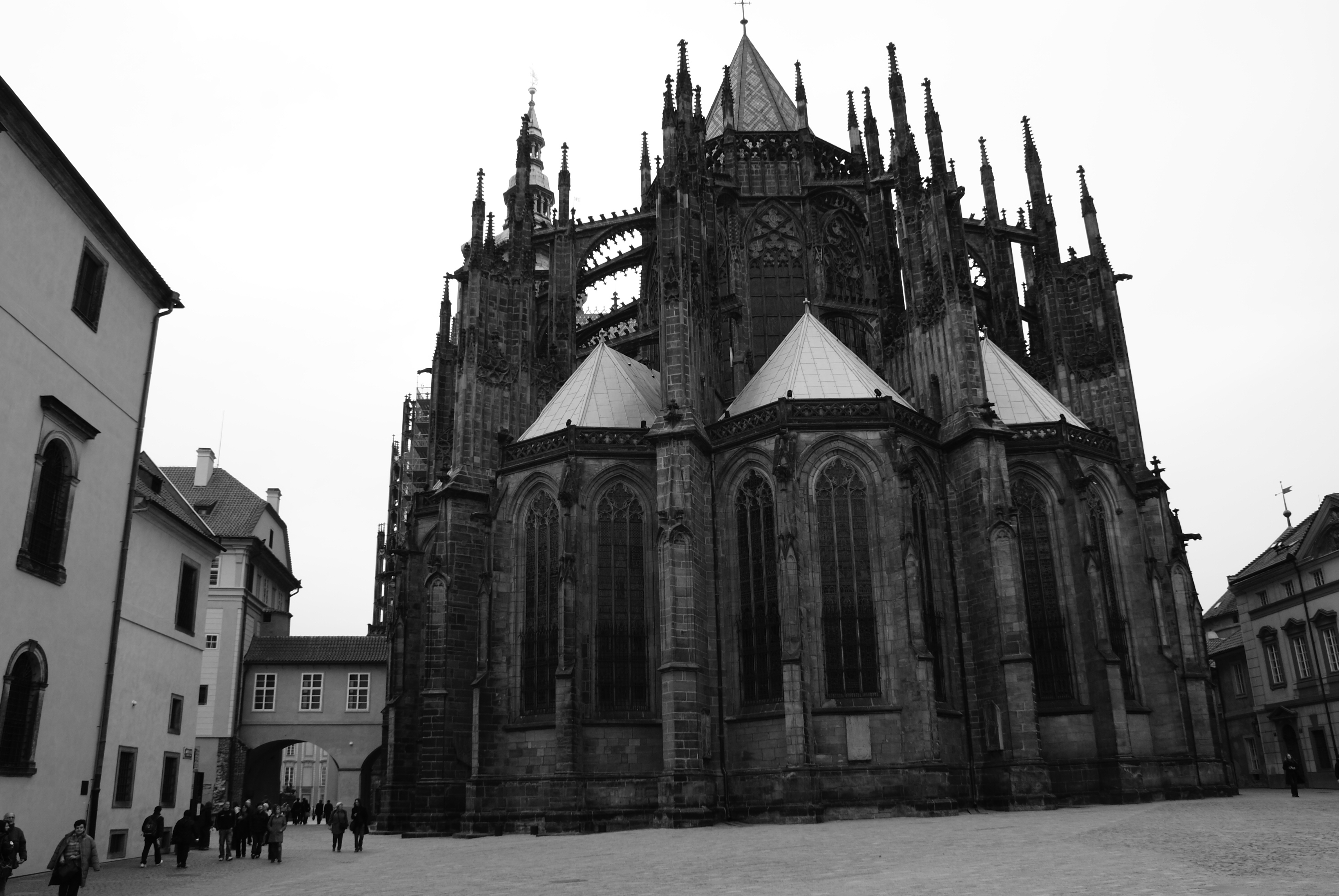
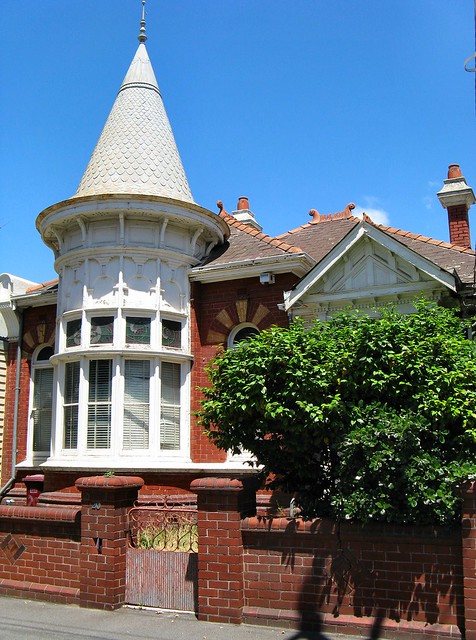
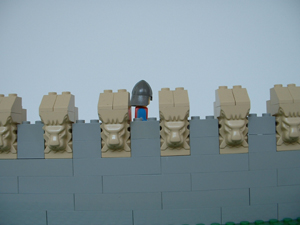








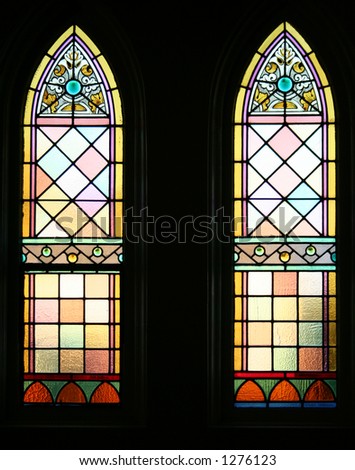


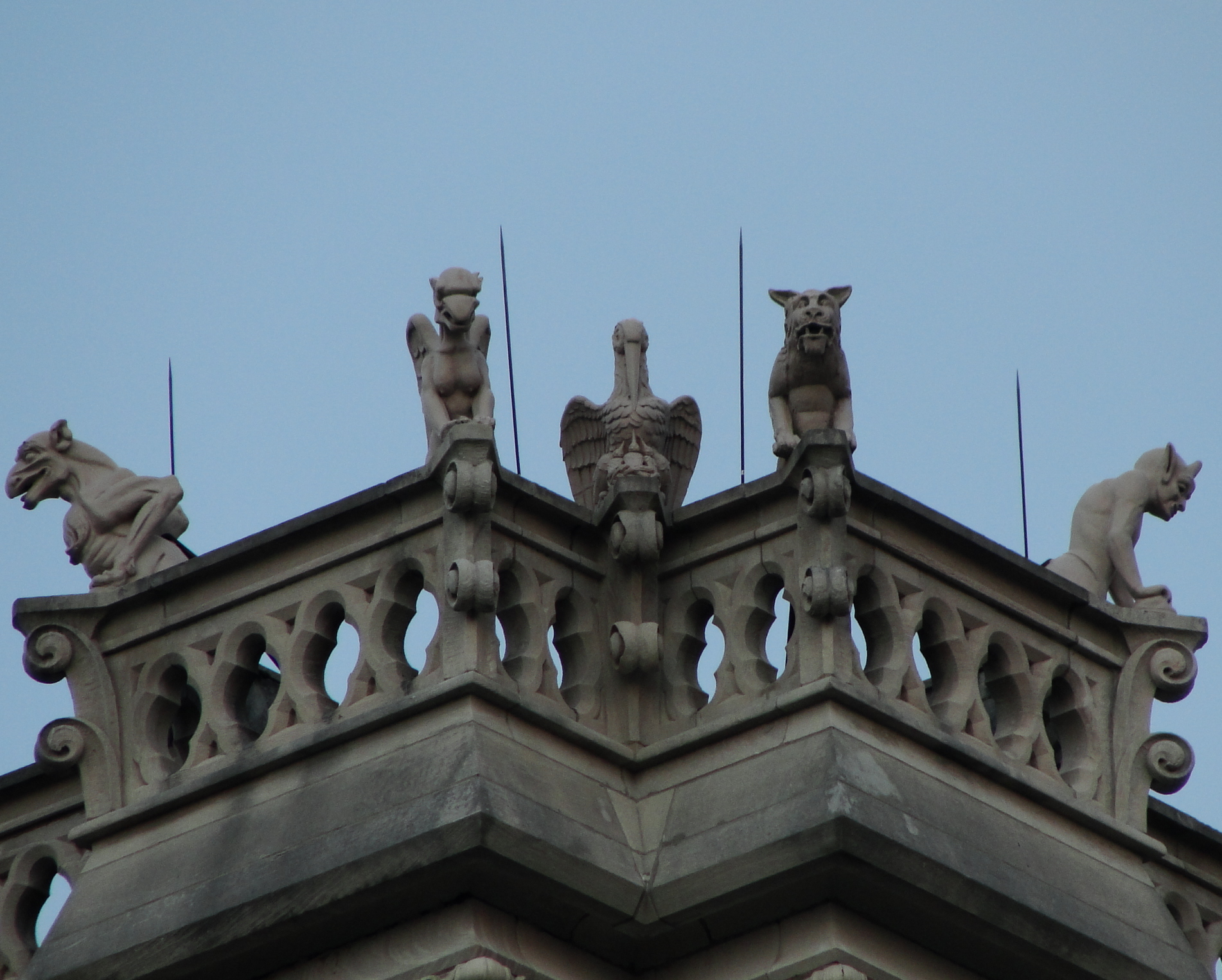
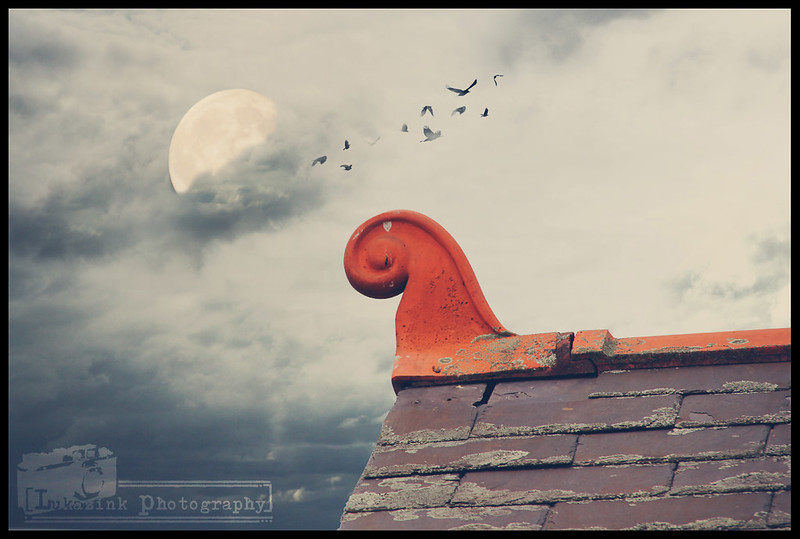



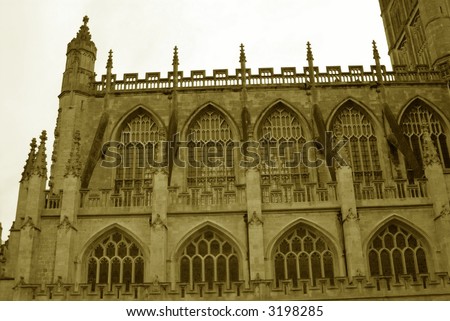























No comments:
Post a Comment